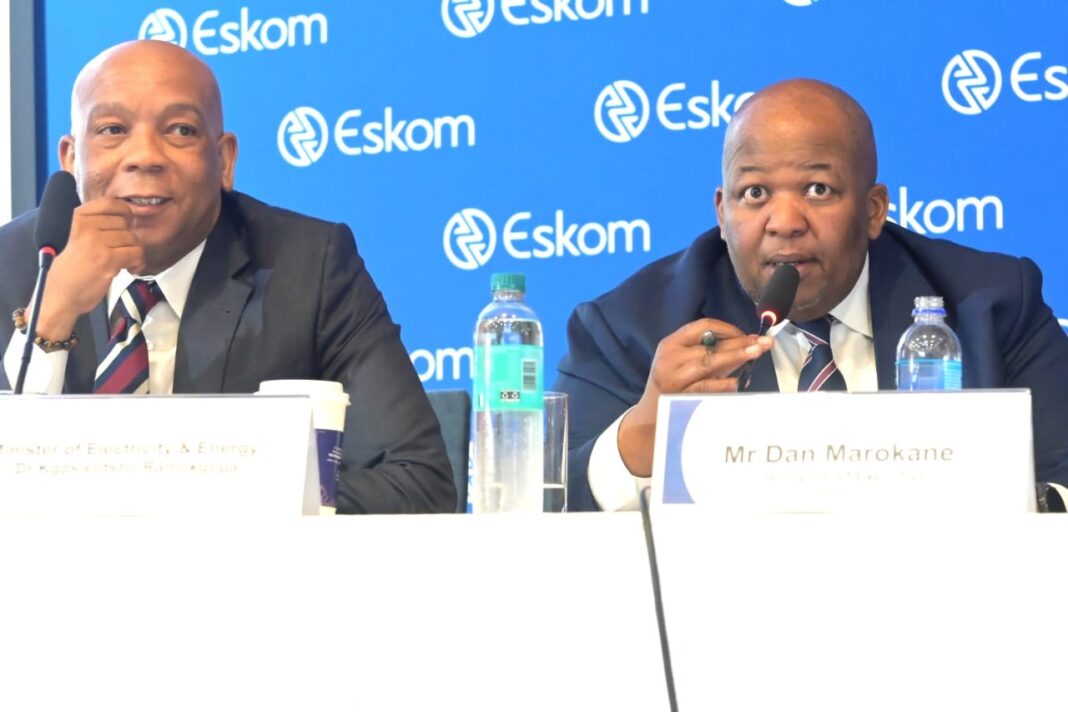Eskom’s financial year 2024 results underscore the power utility’s efforts to stabilise operations amid South Africa’s energy crisis, but the looming municipal arrear debt remains an obstacle to long-term financial sustainability.
This was revealed at Eskom’s annual results announcement on Thursday for the financial year which runs from 1 April 2023 to 31 March 2024.
With municipal debt expected to surpass R110 billion by March 2025, Eskom pointed out the need for a sustainable solution alongside government debt relief efforts.
South Africa’s municipalities, plagued by years of mismanagement, owed Eskom R95.4 billion by November—an increase of 28% since the end of March.
Eskom chairperson Mteto Nyati spoke at length about the strides made under challenging conditions, crediting improved governance and operational strategies.
“Today’s challenging results demonstrate the extremely tough choices we had to take, for which we are experiencing the benefits of today. We have continued to deliver progress and consistency in the diagnostic from two years ago to address the crisis that the current Eskom Board inherited when they took office in October 2022,” said Mteto.
“Many of the actions we are working on require policy changes, so we cannot do this without the Government and in particular the ministries with oversight over Eskom’s operations who have been very supportive on this journey.”
Group Chief Financial Officer Calib Cassim, on the other hand, stressed that while Eskom aims to service its debt independently, this goal hinges on cost-reflective tariffs and resolving the municipal debt issue.
“We must reach a position where we can service our debt obligations without further Government support, however, the National Treasury has acknowledged that its debt relief and Eskom’s efficiency efforts alone are not enough to enable Eskom’s long-term financial sustainability – it must be supported by appropriate tariff increases, with measures to address affordability for vulnerable sectors, and a sustainable solution to the municipal arrear debt challenge, with the arrear debt owed to Eskom expected to reach R110 billion by March 2025,” said Cassim.
Eskom recorded a R55 billion after-tax loss for FY2024, largely due to the derecognition of a deferred tax asset following the separation of the National Transmission Company South Africa.
Despite this, early FY2025 indicators show improved operational performance, with a 62.97% energy availability factor in the first half of the year, driven by reduced unplanned losses.
With government debt relief providing temporary reprieve, Eskom’s leadership is calling for decisive municipal action to address arrears.
“Resolving the municipal debt challenge is not just vital for Eskom but also for South Africa’s electricity sector’s sustainability,” Cassim said.
Eskom plans to achieve an average energy availability factor of 62% in FY2025 while targeting 70% by March 2025.
However, without municipal cooperation and tariff adjustments, reliance on government support may extend beyond March 2026, threatening broader recovery efforts.

Eskom media briefing addressed by Dan Marokane, Group Chief Executive of Eskom, Mteto Nyati, Chairperson of Eskom Board, and Dr Kgosientsho Ramokgopa, Electricity Minister. PHOTO: Eddie Mtsweni
INSIDE METROS

